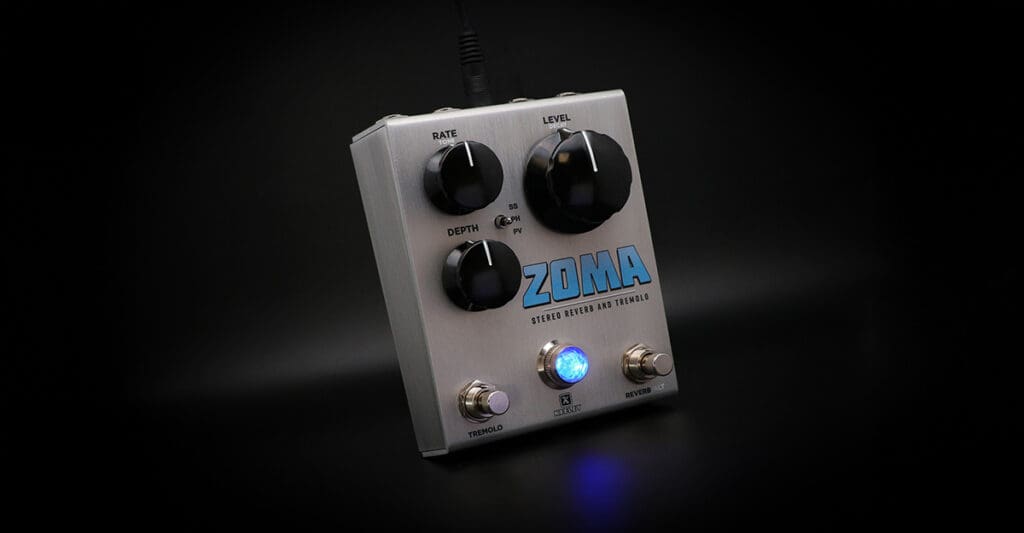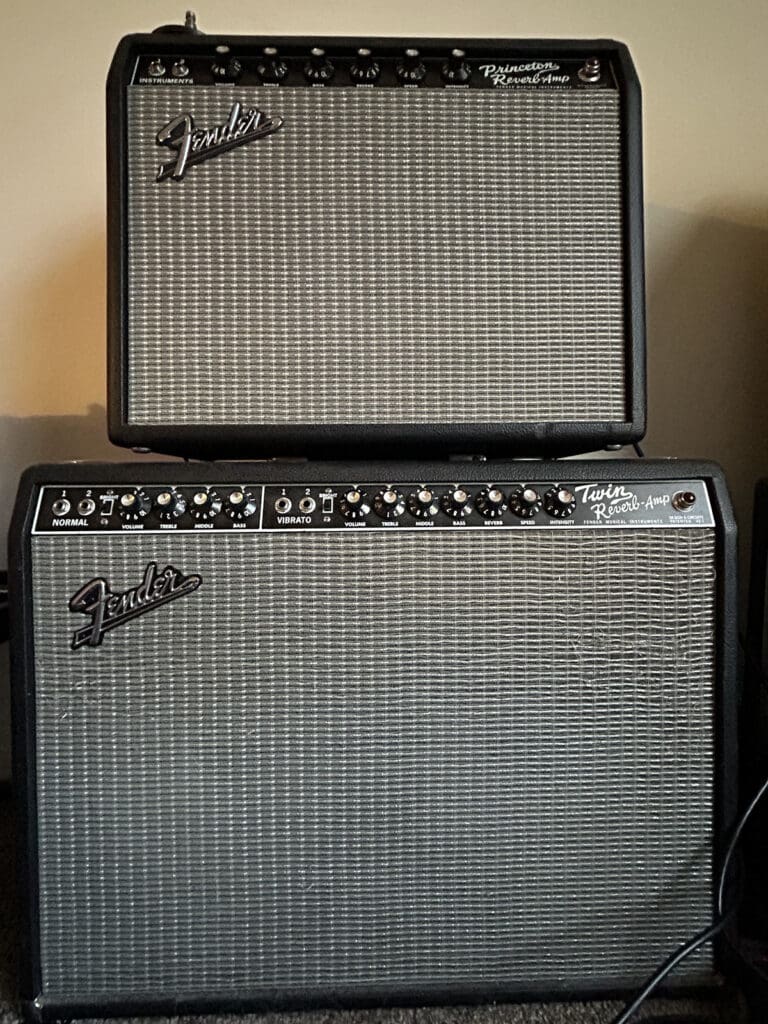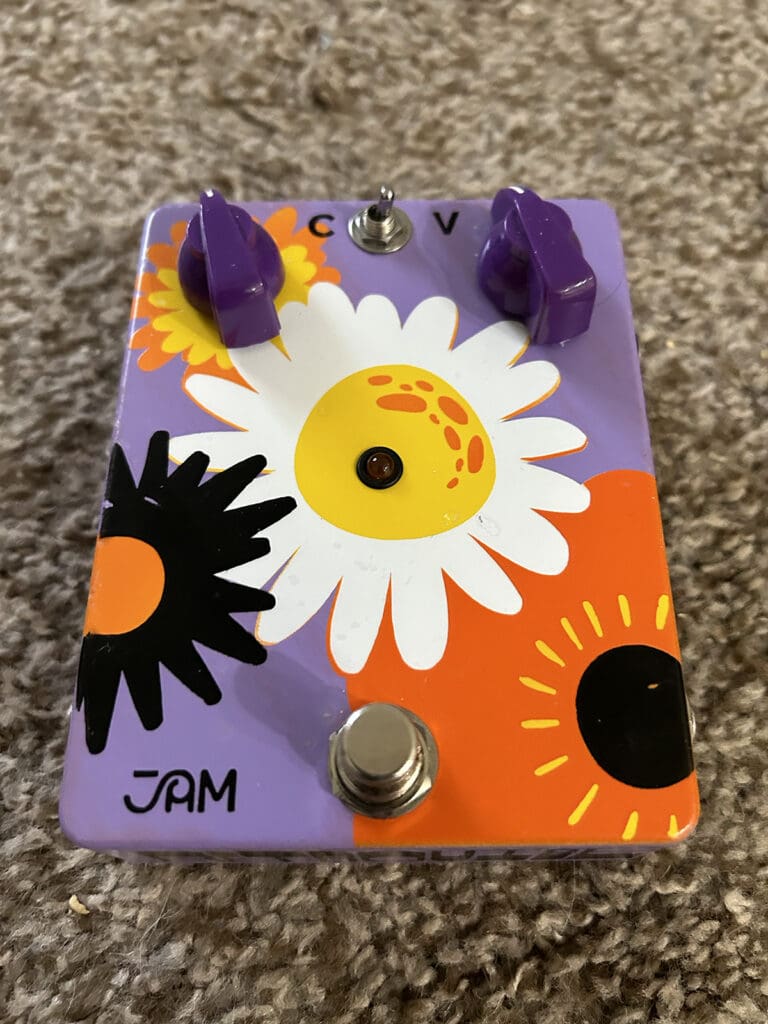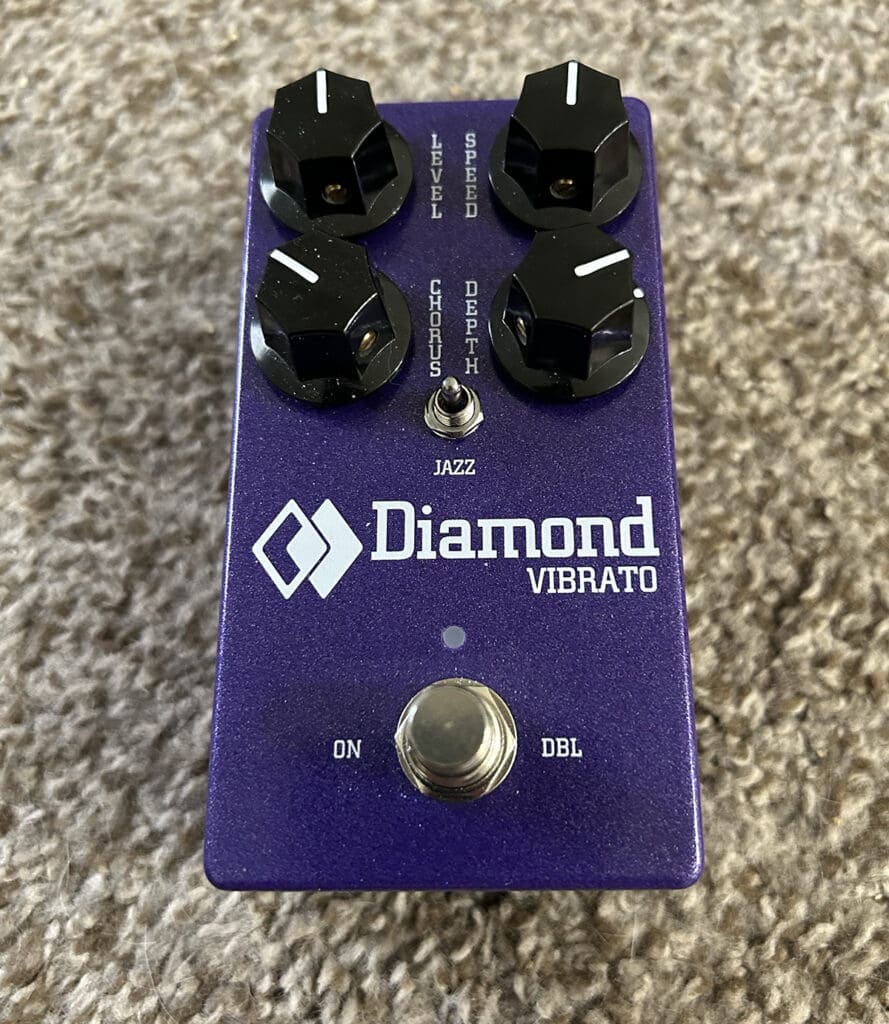A Closer Look at the Zoma – By Nick Ecker

Hail to the Chief – A Closer Look at the Zoma. DSP Emulation can be very hit or miss, depending on the engineering prowess of said company and the software used during the process, as well as ensuring the reference points are up to par.
Companies such as Strymon, Source Audio and Universal Audio are often considered to be the industry leaders regarding the quality of their emulations. Despite the aforementioned companies established reputations, some companies are beginning to advance within the realm.
Industry veterans Keeley Electronics have upped the ante with their latest product, the Zoma. The Zoma is conceptually similar to the Keeley Hydra, a pedal that combines two commonly paired effects: Reverb and Tremolo/Vibrato. The Zoma began life as a paired down version of the Hydra, however what it became is so much greater than the sum of its parts.

For years, I have been using the Strymon Flint V2 and Source Audio Ventris to emulate spring and plate reverb, especially upon using my Fender Pro Jr IV or my Fender 5E3 Deluxe clone as neither of the aforementioned amps feature the celebrated spring reverb or tremolo that the majority of black and silver panel era Fender amps donned.

While the Plate and Hall modes of the Strymon Flint V2 sound decent enough, I found the spring mode to lack the liveliness and drip of superior spring reverb algorithms along with the actual spring tanks found in guitar amplifiers and the iconic spring reverb units that were common place in the sixties.
The Source Audio Ventris on the other hand, features a great Spring Reverb algorithm, yet when compared to the Zoma, it sounds rather clangy and bright.
Many celebrate the plate algorithm of the Strymon Flint, myself included. This was my de facto “always on” reverb if I had decided to opt out of my amps spring reverb in favor of something more subtle and smooth.
Again when compared to the Zoma, the Flint feels less “alive”, the plate mode simply sounds and feels very digital and somewhat harsher than the Zoma. The Zoma also offers more presence and longer decays than the Strymon reverb algorithms.
On the surface level, Plate Reverb is typically not used for ambient textures, however the Zoma provides a beautiful decay, with a luscious sense of space that accentuates your playing without the overt ambiance that some shimmer algorithms are guilty of creating.
When it comes to Tremolo, my preferences lie within the classic sine wave genre, most commonly found within black panel and silver panel Fender amplifiers. The Zoma recreates the effect remarkably well and is especially inspiring in stereo where the waves felt more lively and three dimensional.
I was able to properly dial in the hypnotic tremolo used in “How Soon is Now” by The Smiths, along with “Halah” by Mazzy Star, two of my favorite routine tracks for practice sessions.
Harmonic Tremolo on the other hand is an effect I had rarely divulged myself in. I was honestly not blown away by the Strymon Flint V2’s Harmonic Tremolo algorithm, as I found my Jam Pedals RetroVibe to sound much more organic when compared to the digital feel of the Flint.

The Harmonic Tremolo/Plate mode, especially with the effects order switched (hold down both footswitches for two seconds until LED’s blink), feels very warm and gooey. Those that enjoy the psychedelic nature of phasers, rotary and univibe will find much to enjoy here. When used in stereo this effect is breathtaking, and serves as a refreshing alternative to most univibe and phaser style pedals which are generally restricted to mono.
Lastly, we have the Plate/Vibrato mode, which is arguably my favorite aspect of the Zoma. I often use my Jam Pedals RetroVibe, Diamond Vibrato or Fairfield Shallow Water to add a subtle sense of movement to my dry signal. The Zoma captures this essence beautifully yet is also perfectly capable of the more pronounced, gooey textures that are reminiscent to a batch of melting brownies fresh out of the oven.

The sweep of the Rate and Depth knob in the Vibrato mode are tastefully executed and never explore the unusable territory that some Vibrato pedals allow players to venture to. With that being said, the Vibrato is also capable of achieving the lofi Mac Demarco or new wave psychedelic Tame Impala textures many players seek upon implementing vibrato into their signal path.
There are pedals that I use from time to time and pedals that truly inspire me. The Zoma falls into the latter category, it simply blows my Strymon Flint out of the water. I was literally planning to find some sort of alternative to the Flint, at least for standard reverb algorithms and had been eyeing the UA Golden, yet I happened to speaking with Robert on an unrelated matter and he advised that the Zoma would be releasing over the next few days. Like a madman I dashed to Keeley Electronics and borrowed his unit.
I was truly floored by the jump in DSP quality. I used the adjective “lively” several times during my review, which I feel is the perfect descriptor for the Zoma. The spring reverb reacts and sounds like a true spring reverb ought to, not some digital approximation. The tremolo side of the pedal pulsates in a very authentic fashion that stands toe to toe with my Univibe and tremolo from my amplifiers.
In conclusion, this is my favorite Keeley device thus far, and I’ve tried the bulk of the companies catalogue. I adore the Mk3 driver, the Super Rodent, the Halo, the Keeley Compressor Plus, the Studio Compressor, the Fuzz Bender, the Katana as I find these selections to be modern classics, yet the Zoma exemplifies the direction that the company is headed.
I was thoroughly disappointed that Strymon did not update their algorithms for the Flint V2, given the advancements that DSP had undergone since the original release. Reverb is a critical element for guitar players as it creates a sense of space and adds life to our rigs. The Zoma, in my opinion, rights the wrongs of Strymon and indicates that Keeley have entered a new and exciting era where they can compete on a new level against the kings of DSP emulation.
At $229, you get a pedal that can easily emulate the classic onboard effects of my favorite topology of amplifiers (the Fender Black Panel era), explore Harmonic Tremolo which could easily stand in as a Phaser or Univibe, lush and gooey vibrato and studio style plate reverb all with stereo output and a bevy of features. The price point is not only fair, it’s absurd considering the quality of the DSP.
I sincerely look forward to the next products Keeley will release as 2024 has been something of a renaissance period for Keeley Electronics.
Additional Functions:
Some other useful features include increasing the decay of the reverb via holding down the reverb footswitch while adjusting the level knob to taste. Similarly for the tremolo side of the Zoma, the output can be adjusted via holding down the tremolo footswitch and adjusting the depth knob.
The tone of the reverb can be changed via holding the reverb switch down for two seconds. This effectively allows the level knob to brighten the reverb via rotating the knob clockwise or darken the reverb by rotating the level knob counter clockwise. This can especially come in handy in the spring mode which by default is very bright and bouncy.
Reverb trails can be activated by holding down the reverb alt switch while applying power to the unit, the LED will flash twice to notify that trails are active whereas the LED blinking three times indicates that trails are not active.
Users can also activate all wet or wet + dry while applying power to the unit via pressing the tremolo switch. The LED will blink twice for Wet + Dry and will blink three times for all wet, which comes in handy for shoegsaze fans especially when using the plate reverb mode which provides a beautiful sense of ambiance.
In a similar fashion to the more recent lineup of Keeley products such as the 4 in 1 series or the Octa Psi, true bypass or buffered bypass can be enabled by holding down the Tremolo footswitch for two seconds (True bypass LED flashes twice, buffered LED flashes three times).
The effects order can also be changed by holding down both footswitches for two seconds, the LED flashes twice which will reverse the order of the standard reverb into tremolo. This makes for unique and interesting combinations that allow the tremolo settings to feel more pronounced and less effected by the reverb trails.
Factory Reset (which will restore the pedal back to its stock setting of Reverb into Tremolo along with undoing additional changes) can be accomplished by removing the power, holding down both switches while applying power. The LED will then blink several times to indicate stock settings have been applied.
Grab the Zoma today at RKFX.com
